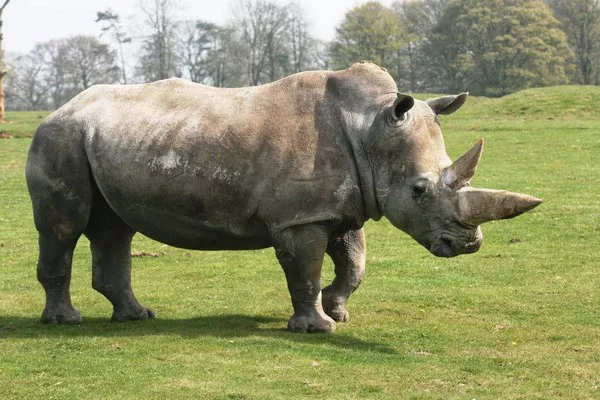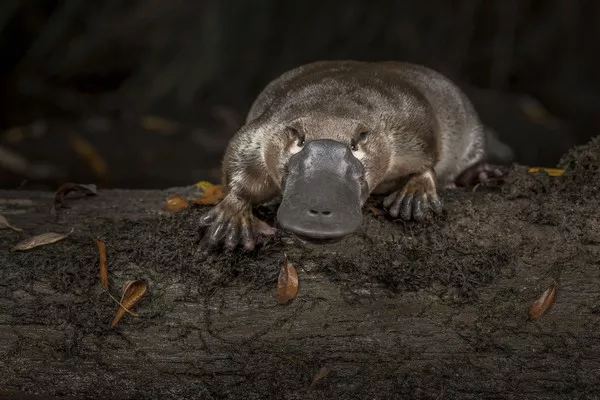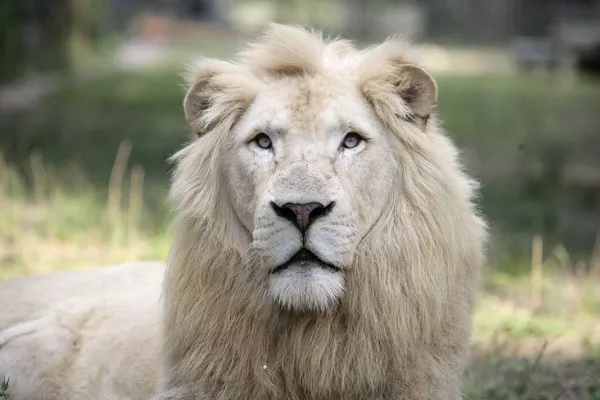Rhinos are iconic symbols of the African savanna, known for their formidable size, prehistoric appearance, and gentle demeanor. Among the five species of rhinoceroses, one stands out as the largest and most imposing: the white rhinoceros (Ceratotherium simum). In this article, we will delve into the world of the biggest rhino in the world, exploring its impressive size, unique characteristics, and conservation status.
1. The White Rhino: King of the Savannah
Description: The white rhinoceros, also known as the square-lipped rhinoceros, is the largest species of rhinoceros in the world. It is characterized by its massive size, thick, gray skin, and broad, flat mouth adapted for grazing on grasses. Adult white rhinos can weigh between 1,800 and 2,300 kilograms (4,000 to 5,000 pounds) and stand at heights of 1.5 to 1.8 meters (5 to 6 feet) at the shoulder.
Habitat: White rhinos are primarily found in grassland and savanna habitats in southern and eastern Africa, including countries such as South Africa, Namibia, Zimbabwe, and Kenya. They are well-adapted to open plains and prefer areas with access to water sources for drinking and wallowing.
Diet: White rhinos are herbivores with a specialized diet consisting mainly of grasses. Their wide, square lips are perfectly suited for grazing, allowing them to efficiently consume large quantities of vegetation each day. They are considered bulk grazers and play a crucial role in shaping the structure and composition of grassland ecosystems.
2. Size Comparison: White Rhino vs. Other Rhino Species
White Rhino (Ceratotherium simum): Weight: 1,800-2,300 kg; Height: 1.5-1.8 m at shoulder
Black Rhino (Diceros bicornis): Weight: 800-1,400 kg; Height: 1.3-1.6 m at shoulder
Indian Rhino (Rhinoceros unicornis): Weight: 1,600-2,200 kg; Height: 1.7-2.0 m at shoulder
Sumatran Rhino (Dicerorhinus sumatrensis): Weight: 500-800 kg; Height: 1-1.5 m at shoulder
Javan Rhino (Rhinoceros sondaicus): Weight: 900-1,400 kg; Height: 1.3-1.7 m at shoulder
As the largest species of rhinoceros, the white rhino towers over its smaller relatives in both size and stature. Its robust build and massive frame make it a dominant presence in its native habitat, earning it the title of the biggest rhino in the world.
3. Conservation Status: The Plight of the White Rhino
Threats: Despite its impressive size, the white rhinoceros faces numerous threats to its survival in the wild. Illegal poaching for their horns remains the primary threat, driven by demand in Asian markets for their purported medicinal properties and use in traditional remedies. Habitat loss and fragmentation due to human activities, such as agriculture, mining, and urban development, also pose significant challenges to rhino populations.
Population Decline: Historically, white rhinos were on the brink of extinction due to uncontrolled hunting and habitat destruction. However, concerted conservation efforts, including anti-poaching patrols, habitat restoration, and community-based conservation initiatives, have helped stabilize populations in some areas. Nevertheless, white rhinos remain classified as “Near Threatened” on the IUCN Red List of Threatened Species, with ongoing conservation efforts needed to ensure their long-term survival.
4. Conservation Success Stories: Hope for the Future
Reintroduction Programs: In recent years, conservation organizations and government agencies have implemented successful reintroduction programs to establish new populations of white rhinos in protected areas where they were once extirpated. These efforts have involved translocating rhinos from existing populations to suitable habitats with adequate protection from poaching and habitat degradation.
Community Engagement: Community-based conservation initiatives have played a crucial role in protecting white rhinos and their habitats. By involving local communities in conservation planning and decision-making processes, these initiatives help foster a sense of ownership and stewardship over natural resources, leading to more sustainable conservation outcomes.
Technology and Innovation: Advancements in technology, such as GPS tracking devices, unmanned aerial vehicles (drones), and thermal imaging cameras, have revolutionized anti-poaching efforts and wildlife monitoring techniques. These tools enable conservationists to monitor rhino populations more effectively, detect illegal activities in real-time, and respond swiftly to threats.
See Also: The World’s 10 Favorite & Most Popular Animals In 2024
Conclusion
The white rhinoceros stands as a symbol of strength, resilience, and hope for conservationists and wildlife enthusiasts around the world. As the largest rhino species on the planet, it plays a vital role in shaping the ecosystems of the African savanna and serves as a flagship species for conservation efforts. By addressing the threats facing white rhinos and implementing innovative conservation strategies, we can ensure that future generations will continue to marvel at the majesty of these magnificent creatures roaming the wild plains of Africa.
You Might Be Interested In:



























